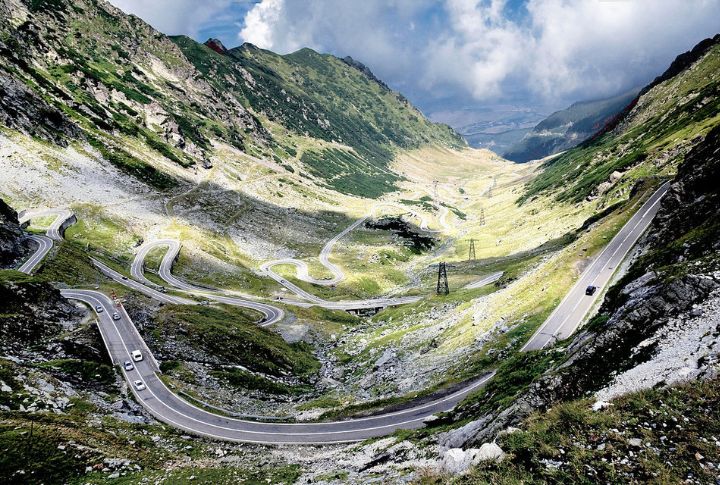
Driving can be one of the most liberating experiences. It combines adventure and freedom. However, not all roads are very welcoming. Around the world, some routes are infamous for their treacherous conditions and pose gigantic risks to even the most experienced drivers. This list will help you find the roads to avoid for safety or give you your next challenge if you’re a skilled driver with a high-risk appetite.
Yungas Road, Bolivia
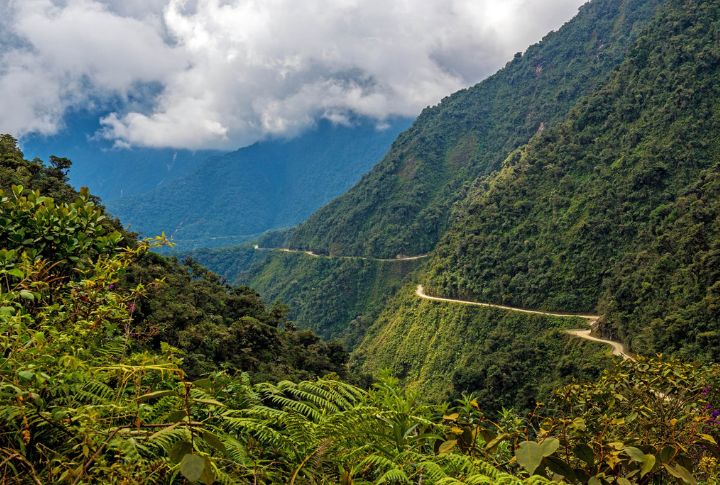
Referred to as the “Death Road,” it is a 40-mile stretch of road connecting La Paz to the Yungas. People know it for its strait passages, lack of guardrails, and precipitous drops of up to 3,000 feet. Fog, rain, and landslides make the road worse, reducing visibility and road stability. Despite taking its fair share of lives, it remains a major tourist attraction with over 25,000 visitors yearly.
Guoliang Tunnel Road, China

Shen Mingxin led a group of villagers to carve a tunnel in the Taihang Mountains for easy access to and from Guoliang Village. While only about 0.8 miles long, it is incredibly treacherous. The road has a width of just 13 feet and a height of 16 feet, with numerous “windows” cut into the tunnel wall overlooking a sheer drop. Its reputation as the road that doesn’t tolerate any mistakes should be taken literally and not just as a fun tagline.
James Dalton Highway, Alaska, U.S.A.
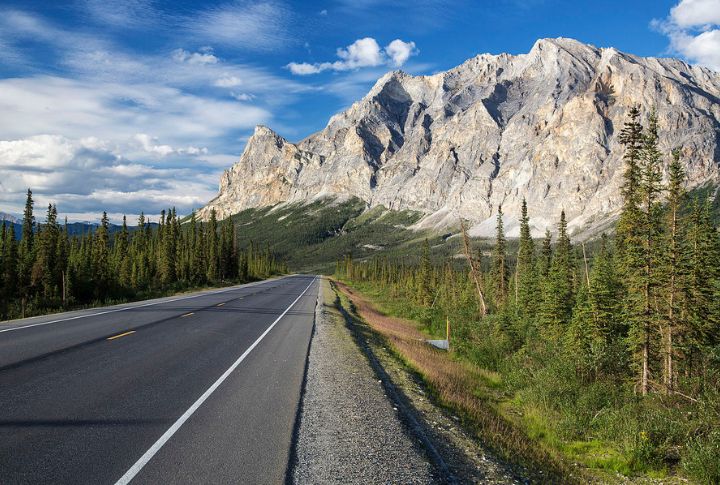
This Alaskan road stretches 414 miles from Fairbanks to Prudhoe Bay and is one of the most remote roads in the world. It serves as a supply route for the Trans-Alaska Pipeline and traverses some of the harshest climates—in 1971, it hit 80 degrees Fahrenheit. The road is mostly gravel and is loaded with steep grades, potholes, and large trucks. There are only three small towns along the route, and breakdowns can be dangerous.
Karakoram Highway, Pakistan/China
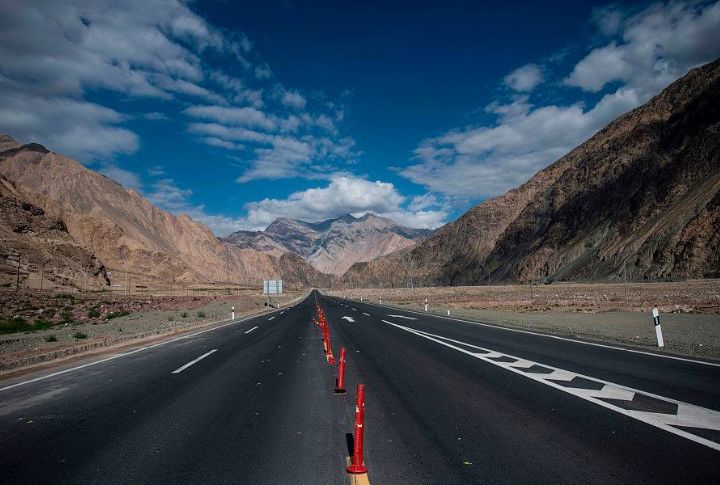
The governments of China and Pakistan built this 800-plus-mile road, which is rightly called the “China-Pakistan Friendship Highway.” It runs between Pakistan and China through the Karakoram mountain range and is among the highest paved international roads, reaching elevations of more than 15,000 feet. Besides the high altitude, which can cause altitude sickness among travelers, the road is prone to landslides, rockfalls, and harsh weather.
Zoji La Pass, India

Located at approximately 11,575 feet in the Himalayas, Zoji La Pass connects the Kashmir Valley with the Indus and other valleys. The pass is often covered in snow and ice, making it slippery and hazardous. It’s also vulnerable to avalanches and landslides. This narrow road has sheer drops and becomes extra dangerous during the winter when it is commonly closed due to heavy snowfall.
Sichuan-Tibet Highway, China
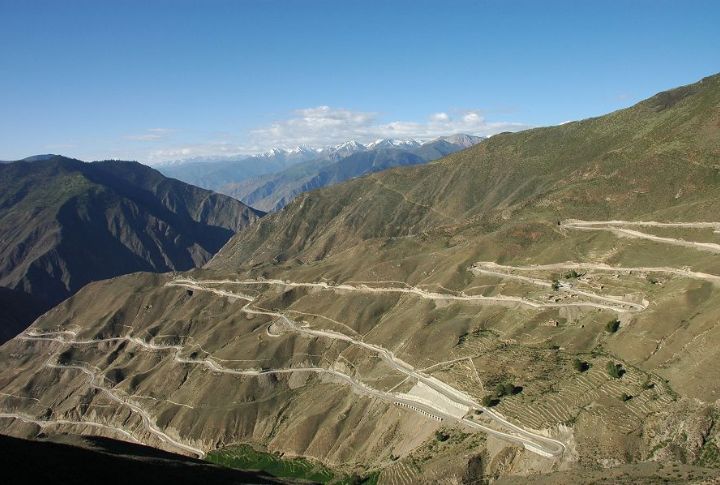
This 1000-plus-mile highway spans some of the world’s most challenging terrain, from high mountain passes to deep river gorges. The road is susceptible to landslides, mudslides, and avalanches, especially during the rainy season. The high altitude and thin air can also pose health risks, while the road’s remote location means that help can be far away in emergencies.
Passage du Gois, France
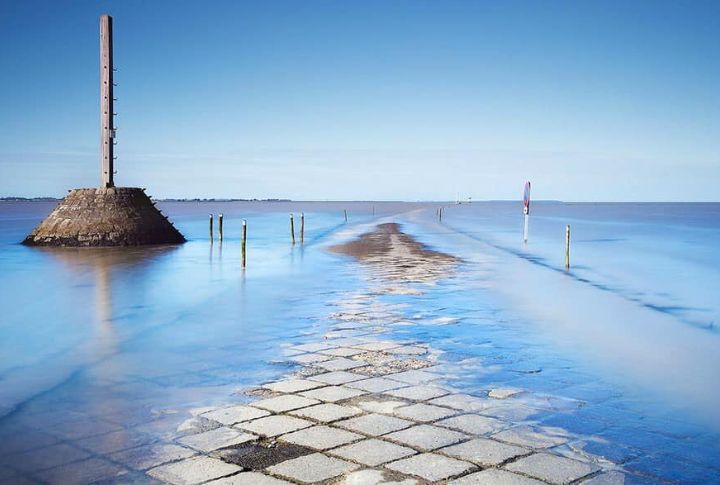
A 2.6-mile causeway connects France’s mainland and the island of Noirmoutier. Its unique feature is that it is submerged by the sea twice daily. Timing is essential for safe passage, as the road becomes impassable and dangerous when covered by water. There are many warnings for drivers about the tide schedule, but those who misjudge the timing can find themselves stranded or swept away by the rising tide.
Fairy Meadows Road, Pakistan
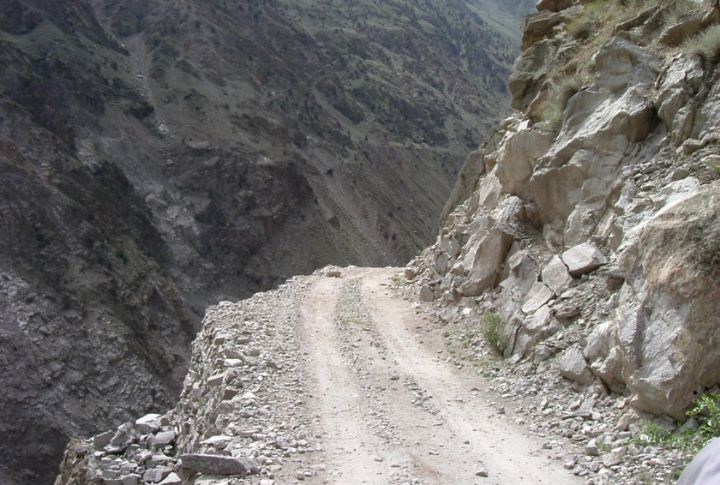
It leads to the base camp of Nanga Parbat, the ninth-highest mountain in the world. It is infamous for its narrow width, lack of guardrails, and vertiginous drop-offs. The unpaved road is subject to frequent landslides and rockfalls, particularly dangerous in the rainy season. Only highly skilled drivers should attempt this route, as it requires precise maneuvering and a high tolerance for risk.
Hana Highway, Hawaii, U.S.A.
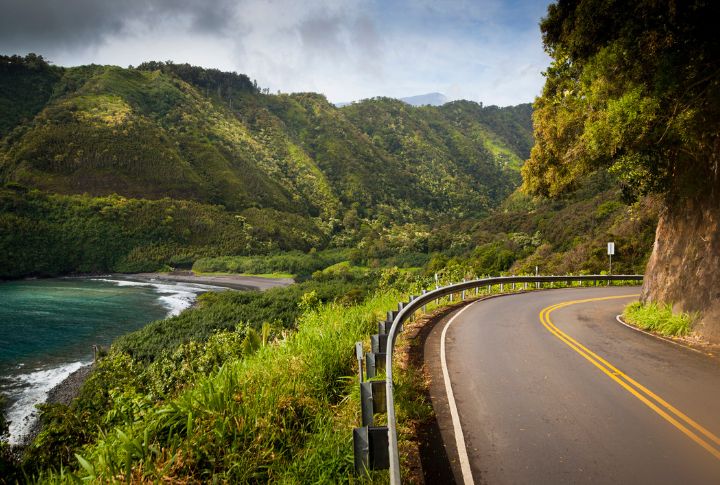
This 64.4-mile road on the island of Maui winds through lush tropical rainforests and along Maui’s rugged coastline, featuring 620 curves and 46 one-lane bridges. Due to frequent rainfall, the road is often wet and slippery, and landslides can occur. Drivers must remain cautious and focused due to the numerous blind curves and slim passages.
Transfagarasan Highway, Romania

Transafagarasan was built as a strategic military path. This 56-mile road crosses the Fagaras Mountains in Romania. It features sharp turns, long S-bends, and steep descents, requiring careful driving. The road is open only in the summer, as snow and ice make it impassable in the winter. While spectacular views and dramatic landscapes are appealing, it remains a challenging drive.
